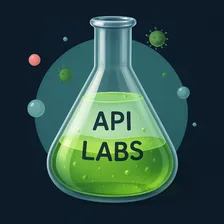YouTube Downloader
Pricing
Pay per usage
YouTube Downloader
All-in-One YouTube Downloader: Easily integrate our affordable solution into your application to download high-quality videos, audio, and music from YouTube. Enjoy customizable formats and quality options, all at a cheaper price compared to other tools.
Pricing
Pay per usage
Rating
0.0
(0)
Developer

ApiLabs
Actor stats
4
Bookmarked
36
Total users
0
Monthly active users
4 months ago
Last modified
Categories
Share

